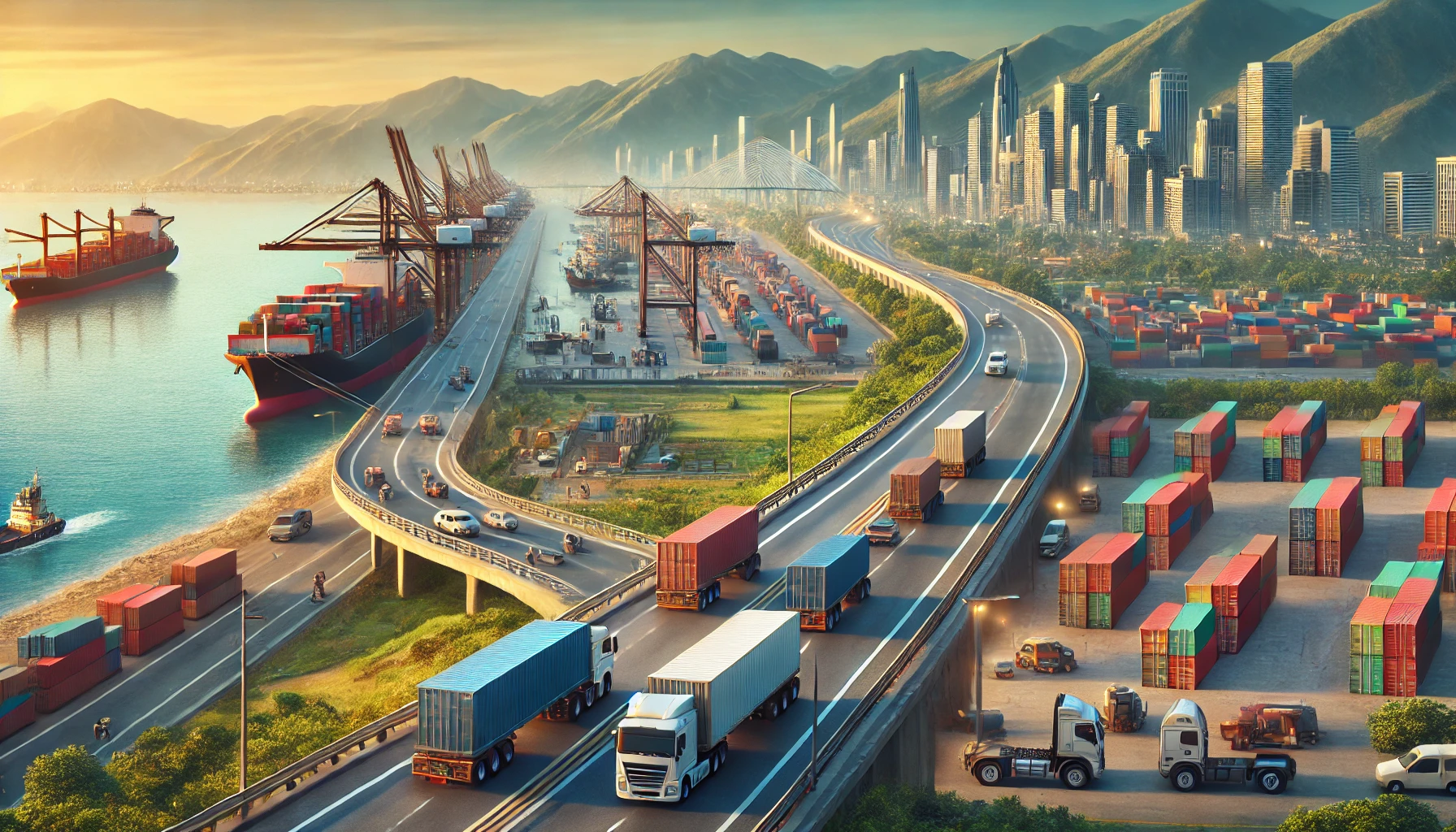A study by Matias Herrera Dappe, Mathilde Lebrand, and Aiga Stokenberga, produced by the World Bank, delves into the critical role that transport costs play in economic development, particularly in developing nations. The authors, through research backed by the World Bank, examine how reducing these costs can foster economic growth, trade, and better living standards in poorer regions. Despite the global trend of decreasing transport costs over the past several decades, significant disparities persist between wealthy and low-income countries. The report illustrates how transport costs in developing nations remain disproportionately high, both for international and domestic shipping, and discusses strategies to alleviate these challenges.
Disparities in Global Transport Costs Persist
The authors explain that although global transport costs have dropped, they remain higher for low-income countries compared to wealthier nations. For example, it is 57% more expensive to export goods from low-income countries to markets like the United States compared to wealthier countries, even when the distance, weight, and type of goods are similar. These high transport costs, particularly within developing countries, hamper their ability to compete in global markets. For domestic trade, the cost of moving goods within these countries can be three to fourteen times higher than in the United States. These inflated costs limit access to markets and slow economic development, creating a widening gap between developing and developed economies.
Geography and Infrastructure Play Key Roles
One of the key factors contributing to high transport costs is geography. Distance, topography, and the quality of infrastructure all play a significant role in determining transport prices. The sudy presents evidence showing that reducing the distance of a shipment by 100 kilometers can lower transport prices by as much as 20%. Similarly, better roads can drastically reduce transport costs. For instance, highways typically result in about 20% lower transport costs compared to smaller roads. In countries like India and Colombia, where mountainous terrain and poor infrastructure are common, transport costs are higher in remote or less connected areas. The lack of direct routes or well-maintained roads means that companies often charge a premium for shipments to these regions, further isolating them from larger economic hubs.
Regulatory Barriers Increase Costs
However, infrastructure alone is not the only barrier to lowering transport costs. The report highlights how inefficient markets and regulatory barriers also contribute to the problem. In many developing countries, transport markets, particularly in trucking, are not competitive. In countries like Bangladesh, for example, trucking prices are significantly inflated due to a lack of competition and restrictive regulations that limit the entry of new firms. This lack of competition allows a few companies to dominate the market, keeping prices high. The authors argue that deregulation of the trucking industry, as seen in countries like the United States, France, and Mexico, could bring about substantial cost reductions. In these countries, opening up the trucking sector to more competition led to lower transport prices, better services, and improved market efficiency.
Inefficiencies in Maritime Shipping
The study also explores the role of maritime shipping in global transport costs. Despite being the dominant mode of transport for international trade, maritime shipping costs remain volatile and disproportionately high for developing countries. Events like the COVID-19 pandemic and the temporary blockage of the Suez Canal caused significant spikes in shipping costs, affecting developing nations more severely than developed ones. Additionally, inefficiencies at ports in low-income countries contribute to higher transport costs. Poor port infrastructure and slow operations result in longer wait times for ships, which translates into higher costs for shippers. The authors note that improving port efficiency could significantly lower shipping costs. For instance, bringing a port’s performance from the bottom 25% to the top 25% could reduce shipping costs by as much as 37%. Countries with more competitive port environments, where private operators are allowed to compete, tend to have lower shipping costs and better service.
A Multi-Faceted Approach to Reducing Transport Costs
The authors stress that addressing these issues requires a multi-faceted approach. Improving infrastructure, particularly roads and ports, is critical, but it must be accompanied by reforms to increase market efficiency. They recommend that governments in developing countries focus on deregulating transport markets to encourage competition and reduce costs. Furthermore, the study highlights the importance of addressing information friction and promoting better logistics management. In many countries, inefficiencies in matching supply and demand for transport services lead to empty or underutilized trucks, which raises costs for shippers. The authors suggest that promoting digital platforms and logistics hubs could help reduce these inefficiencies by better-coordinating shipments and increasing the utilization of transport assets.
Ultimately, the study concludes that shrinking economic distance and reducing the cost, time, and unpredictability of moving goods can have far-reaching benefits for developing countries. Not only would it make these countries more competitive in global markets, but it would also increase trade, boost incomes, and improve welfare, particularly in rural and remote areas. Additionally, reducing transport inefficiencies could contribute to environmental sustainability by cutting emissions and fuel consumption. The authors emphasize that by tackling both infrastructure gaps and market inefficiencies, developing countries can achieve significant economic gains and close the gap with wealthier nations.











